Painting your garage door is a practical way to enhance your home's curb appeal and protect the door from the elements. Whether you're a seasoned DIYer or considering this project for the first time, there are questions that often come up.
Our goal is to address the top five questions homeowners frequently ask when considering this particular home improvement task. From choosing the right type of paint to understanding the importance of preparation, these answers will guide you through the key aspects of painting your garage door.
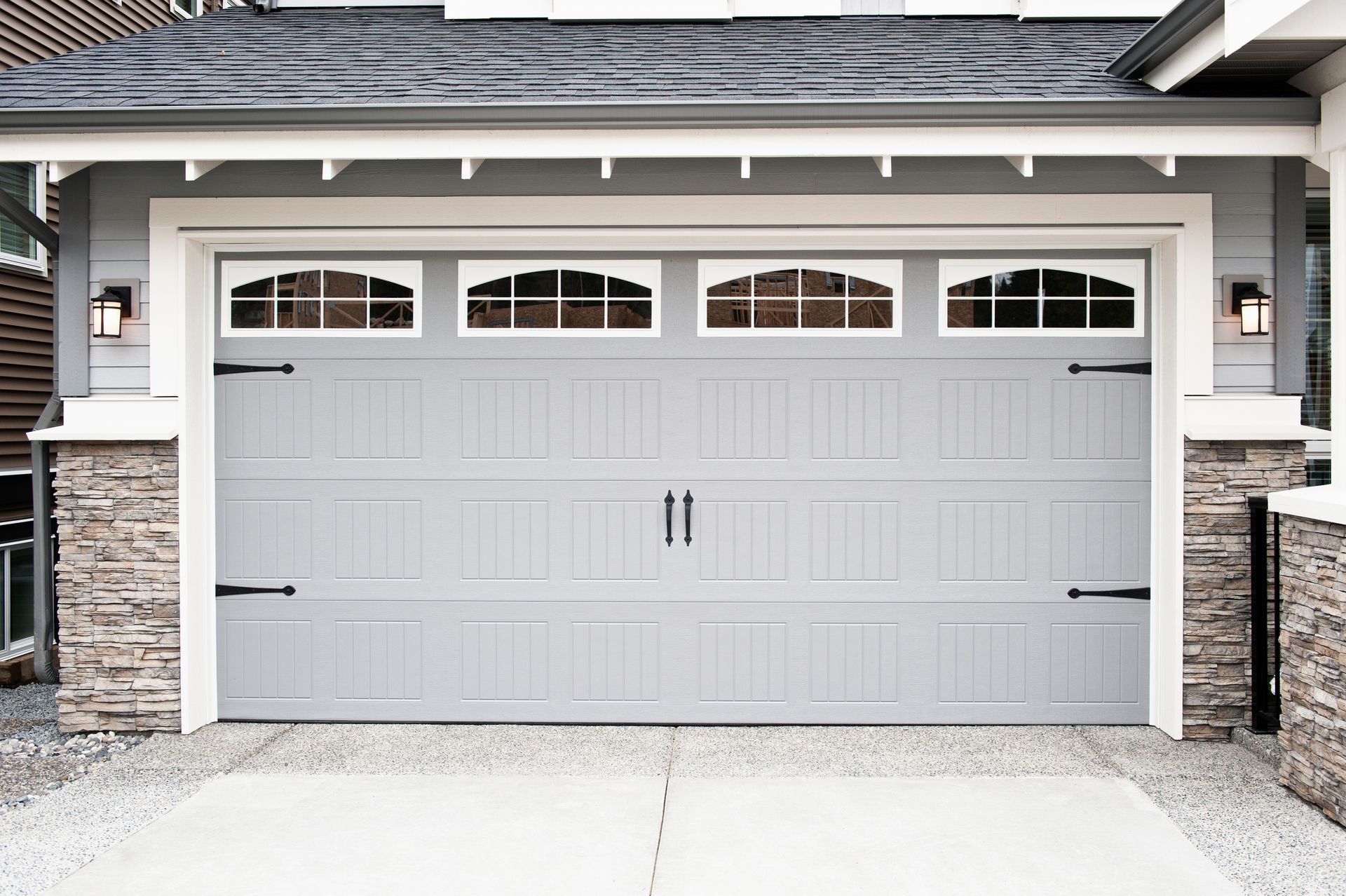
Question 1: What Kind of Paint Do You Use on a Garage Door?
The type of paint you choose for your garage door is crucial for both aesthetic appeal and durability. Here are some considerations to guide your choice:
Material Compatibility
Different garage doors are made from various materials like wood, metal, or fiberglass. It's essential to select a paint that is compatible with the material of your door.
Weather Resistance
Since garage doors are exposed to various weather conditions, opt for paints that offer weather-resistant features. These paints will help protect against fading, chipping, and extreme temperatures.
Finish Options
Paints come in different finishes, such as matte, semi-gloss, and high-gloss. The finish you choose will affect the appearance of the door and may also impact ease of cleaning. High-gloss finishes, for example, are easier to clean but will highlight imperfections more than a matte finish.
Quality
High-quality paints will offer better coverage and last longer, reducing the frequency of repainting. They are often more resistant to peeling, fading, and weathering.
Recommended Types
- Acrylic latex paint is generally recommended for most exterior applications, including garage doors.
- Oil-based paints may be suitable for some types of materials but are generally less environmentally friendly and may require a more complex cleanup.
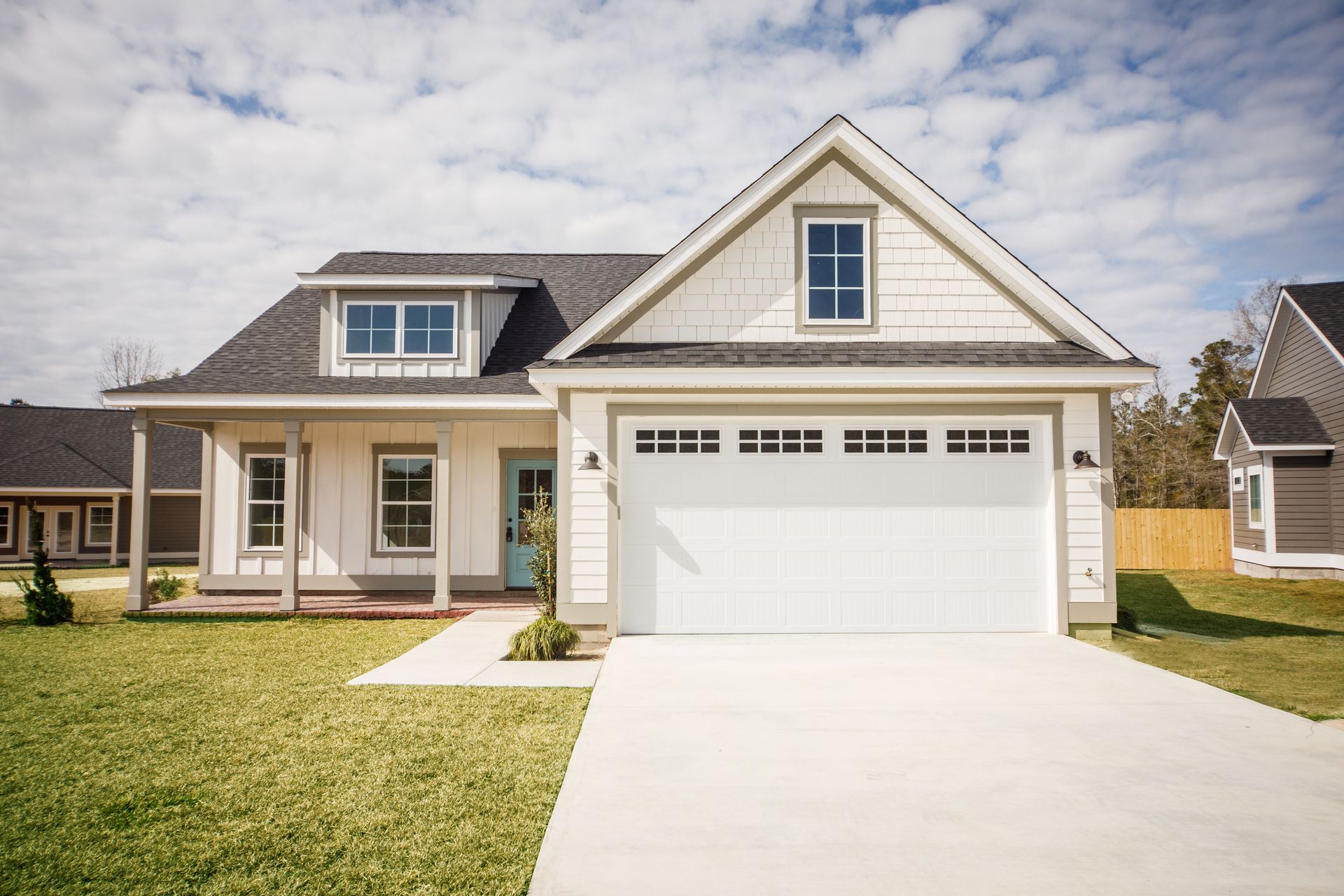
Question 2: Do Garage Doors Need to Be Primed Before Painting?
The decision to prime a garage door before painting is crucial for the longevity and quality of the paint job. Here are some important factors to consider:
Type of Material
The material of your garage door can dictate the need for primer. For instance, wood absorbs paint more than metal and may require a primer to ensure even coverage and color.
Existing Paint Condition
If your garage door already has a layer of paint in good condition, you may not need a primer. However, if the existing paint is peeling, chipping, or uneven, applying a primer can help create a smooth base for the new paint.
Color Changes
If you're drastically changing the color of your garage door, a primer can help to cover the old color effectively, reducing the number of topcoats needed.
Quality of Paint
Some high-quality exterior paints include primer as an ingredient and are formulated to adhere well to unprimed surfaces. Check the manufacturer's guidelines to see if the paint you're considering falls into this category.
Specific Primer Types
- For wooden garage doors, an oil-based primer is usually recommended for its penetration and sealing qualities.
- For metal doors, consider using a rust-resistant, exterior latex primer.
In general, while it might be tempting to skip the priming step for speed or cost reasons, applying a primer can offer a better end result. It can make your paint job more durable, provide a more even finish, and potentially save you time and money in the long run by reducing the number of coats of paint needed. Always follow the paint manufacturer’s guidelines and consider the specifics of your project when deciding whether or not to use a primer.

Question 3: Should You Pressure Wash a Garage Door Before Painting?
The cleanliness of the surface you plan to paint plays a pivotal role in the final outcome of the project. Pressure washing can be an efficient method for preparing your garage door for a new coat of paint, but it's not always necessary or appropriate for every material or condition. Assess your specific situation carefully to determine the best cleaning method for your project. Here are several points to consider regarding the use of pressure washing as a preparation method:
Level of Dirt and Grime
Assess the condition of the garage door. If it's heavily soiled, covered in layers of grime or mildew, pressure washing can be an effective and efficient method to clean the surface.
Material Considerations
While pressure washing is generally safe for metal and fiberglass doors, extreme care should be taken if your garage door is made of wood. High-pressure water can cause damage to softer wooden surfaces.
Timing
If you opt for pressure washing, remember that the garage door will need ample time to dry before you can proceed to paint. Failure to allow for this can negatively affect paint adhesion.
Alternative Methods
If your garage door is relatively clean or if you're concerned about the risks of pressure washing, alternative cleaning methods include using a sponge and a mixture of mild detergent and water. For wooden doors, especially, this can be a safer option.
Safety Precautions
If you do choose to pressure wash, ensure you're taking appropriate safety measures, including eye protection, and follow the machine's operating instructions carefully.
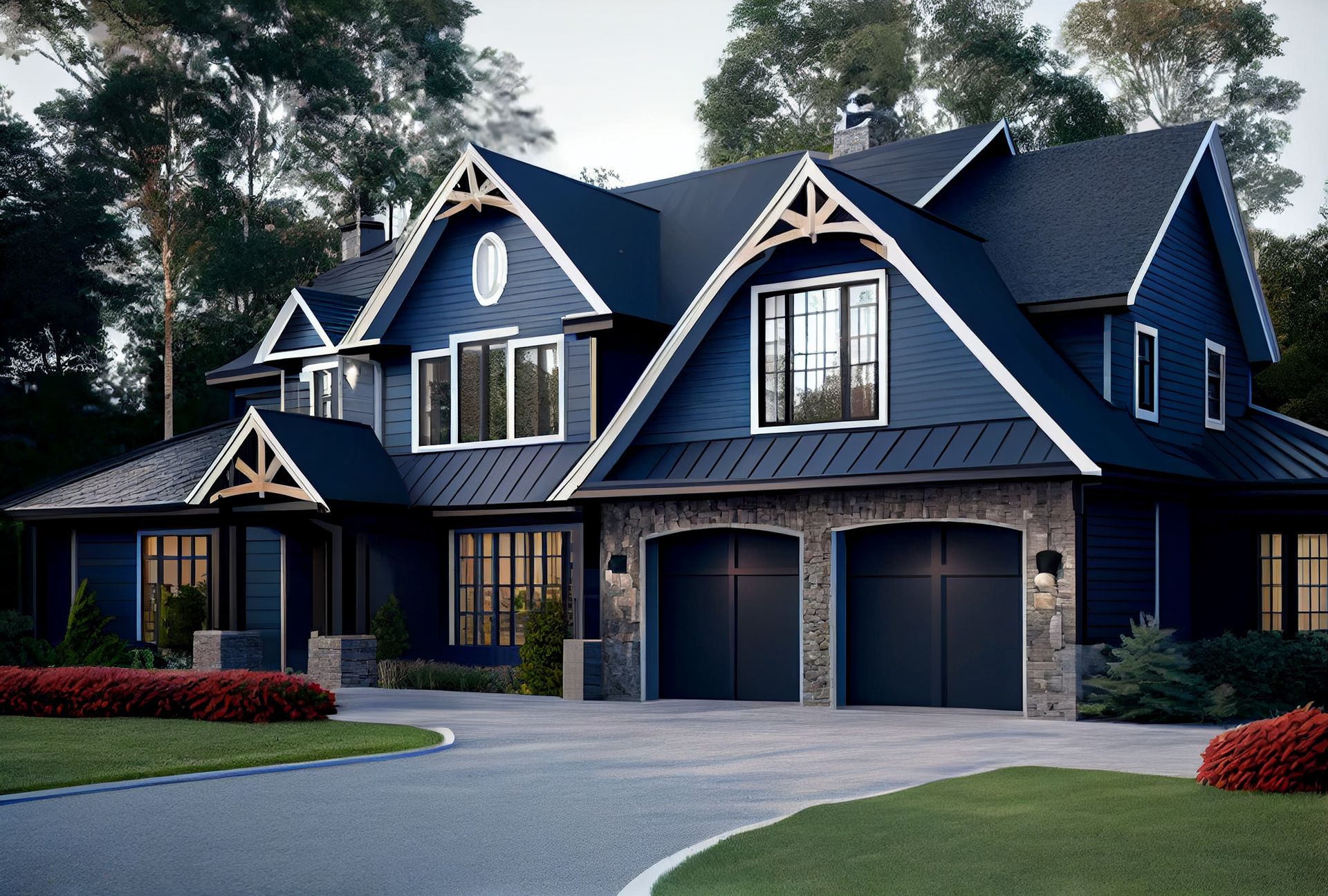
Question 4: Should Garage Doors Be Painted Flat, Gloss, or Satin?
The finish you choose for your garage door paint can have a significant impact on the final appearance, ease of maintenance, and even the durability of the paint job. Here are some insights into different types of finishes:
Flat Finish
- Aesthetic: Provides a matte, non-reflective finish.
- Pros: Good at hiding imperfections in the surface.
- Cons: Less resistant to stains and more difficult to clean.
Gloss Finish
- Aesthetic: Offers a high-shine, reflective finish.
- Pros: Easier to clean and more resistant to moisture and wear.
- Cons: Tends to highlight imperfections in the surface.
Satin Finish
- Aesthetic: Provides a middle-ground with a soft, slightly glossy appearance.
- Pros: Easier to clean than flat but less shiny than gloss; offers a good balance between the two.
- Cons: May still show some imperfections but not as much as gloss.
Factors to Consider
- Climate: Glossier finishes tend to be more resistant to the elements, making them more suitable for harsh climates.
- Condition of the Door: If your garage door has many dents or imperfections, a flat or satin finish might be more forgiving.
- Maintenance: Consider how much time and effort you're willing to invest in keeping the door clean. Gloss finishes are generally easier to maintain.
- Visual Impact: Think about how the door will look in the context of your home’s overall aesthetic.
Recommendations
- For metal or fiberglass doors in relatively good condition and exposed to harsh weather, a semi-gloss or gloss finish is often recommended.
- For wooden doors or doors with more surface imperfections, you might opt for a flat or satin finish.
In the end, the finish you choose will depend on various factors, including your aesthetic preferences, the door's material, and its condition. Each finish has its pros and cons, and understanding these can help you make an informed decision. If you're unsure, you may want to consult a professional painting contractor in your area to help you determine which finish is best for your project.
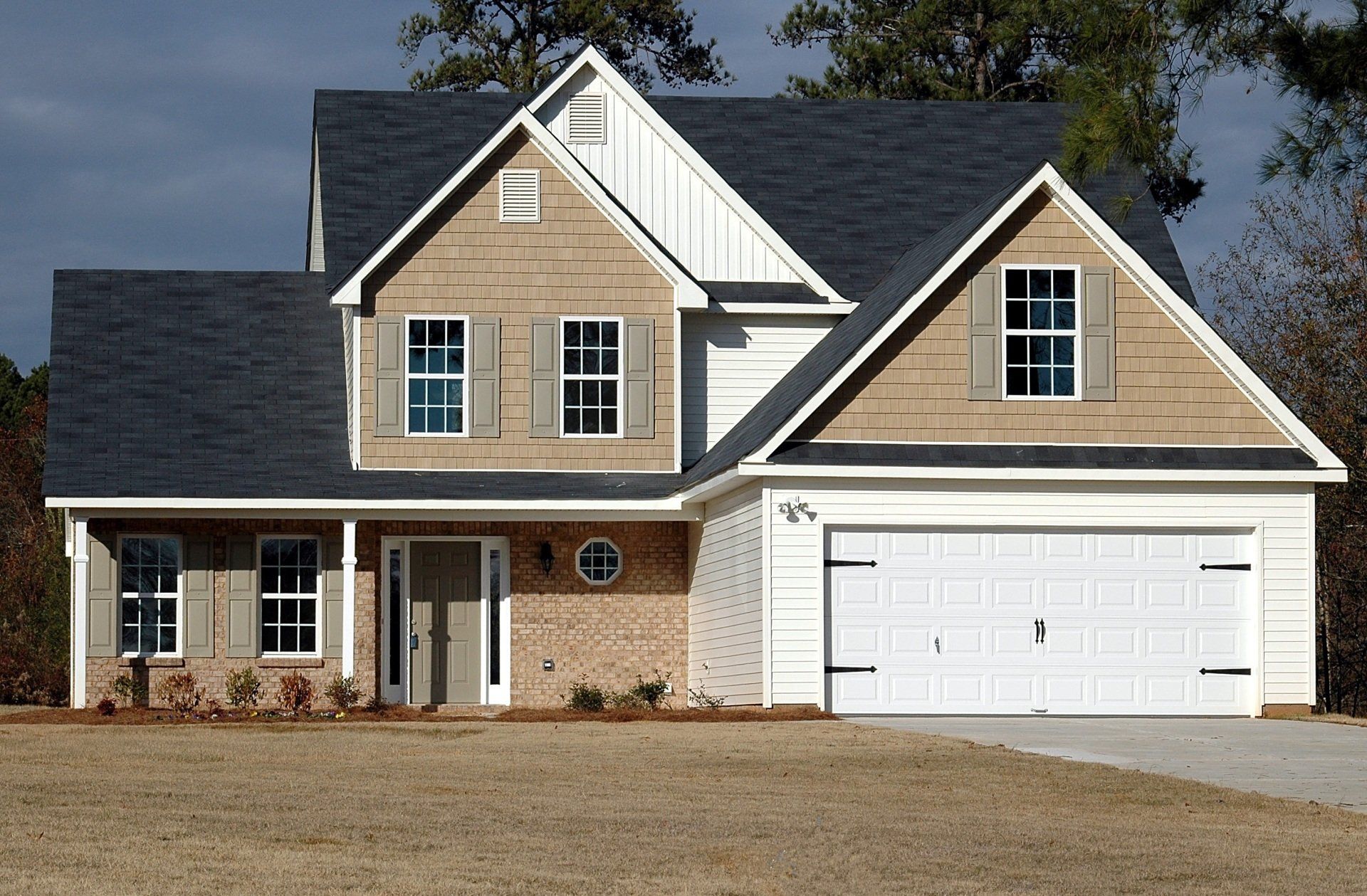
Question 5: Should I Use a Roller, Brush, or Paint Sprayer?
The tools you choose for your garage door painting project can significantly affect both the process and the final result. While the decision greatly depends on your painting goals, skill level, and the specifics of your project, here's an overview of the three most popular methods:
Roller
Pros
- Efficient for covering large, flat areas.
- Leaves a relatively smooth finish, depending on the roller's nap.
- Easier to use for beginners compared to a sprayer.
Cons
- Not ideal for detailed work or tight corners.
- Might require multiple coats for full coverage.
Brush
Pros
- Excellent for detail work, edges, and tight spots.
- Offers greater control for precision.
- No need for extensive masking or covering of adjacent areas.
Cons
- Time-consuming for covering large areas.
- May leave brush strokes if not applied carefully.
Paint Sprayer
Pros
- Extremely efficient for large, flat surfaces.
- Can offer a very smooth, professional finish.
- Suitable for both detailed and broad work, depending on the sprayer type and tip.
Cons
- Requires considerable preparation, including masking off areas.
- Can be messy and may result in overspray.
- More challenging to use correctly; may require some practice.
Considerations for Tool Choice
- Skill Level: If you're less experienced, rollers and brushes are generally easier to handle.
- Door Texture: A flat door surface may benefit from a sprayer, while a textured or paneled door might require a roller or brush for better coverage.
- Time vs. Quality: Sprayers can be quick but require skill for a quality job. Brushes and rollers take more time but offer greater control.
- Area Size: Rollers are often ideal for medium-sized jobs, brushes for detail work, and sprayers for large-scale projects.
Final Thoughts: Navigating Your Garage Door Painting Project with Confidence
Painting your garage door is more than just a cosmetic upgrade; it's also an investment in the longevity and functionality of the door itself. Armed with the answers to these top five questions, you're well-prepared to make informed decisions about your painting project. Whether you're looking for a painting contractor in Suffield, CT or Ludlow, MA, understanding the key aspects such as paint type, the necessity of priming, cleaning methods, and the right tools to use can guide you in achieving the best possible outcome. The right knowledge empowers you to either tackle the job yourself with confidence or engage a professional with clarity on what the project entails.
Recent Blogs
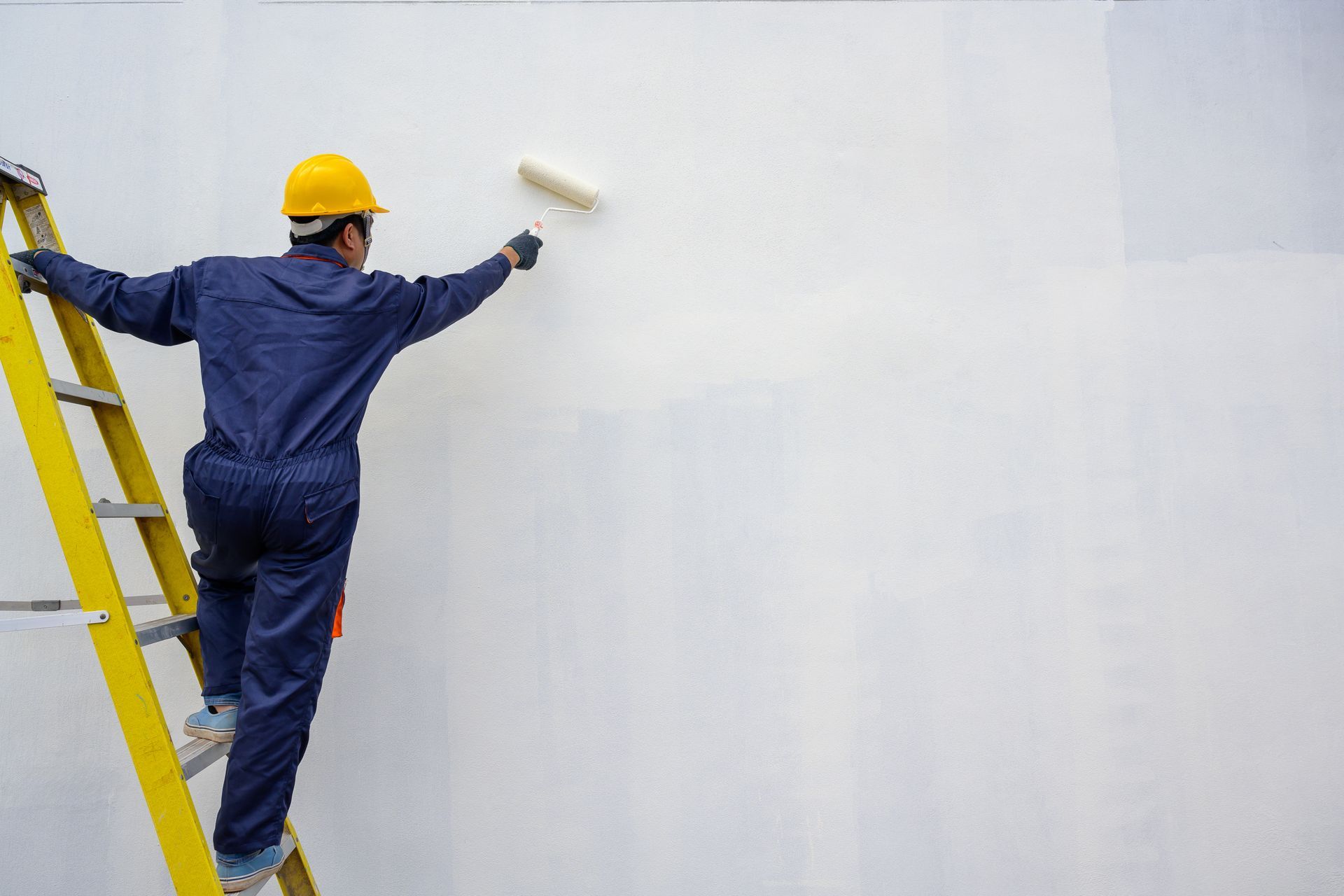
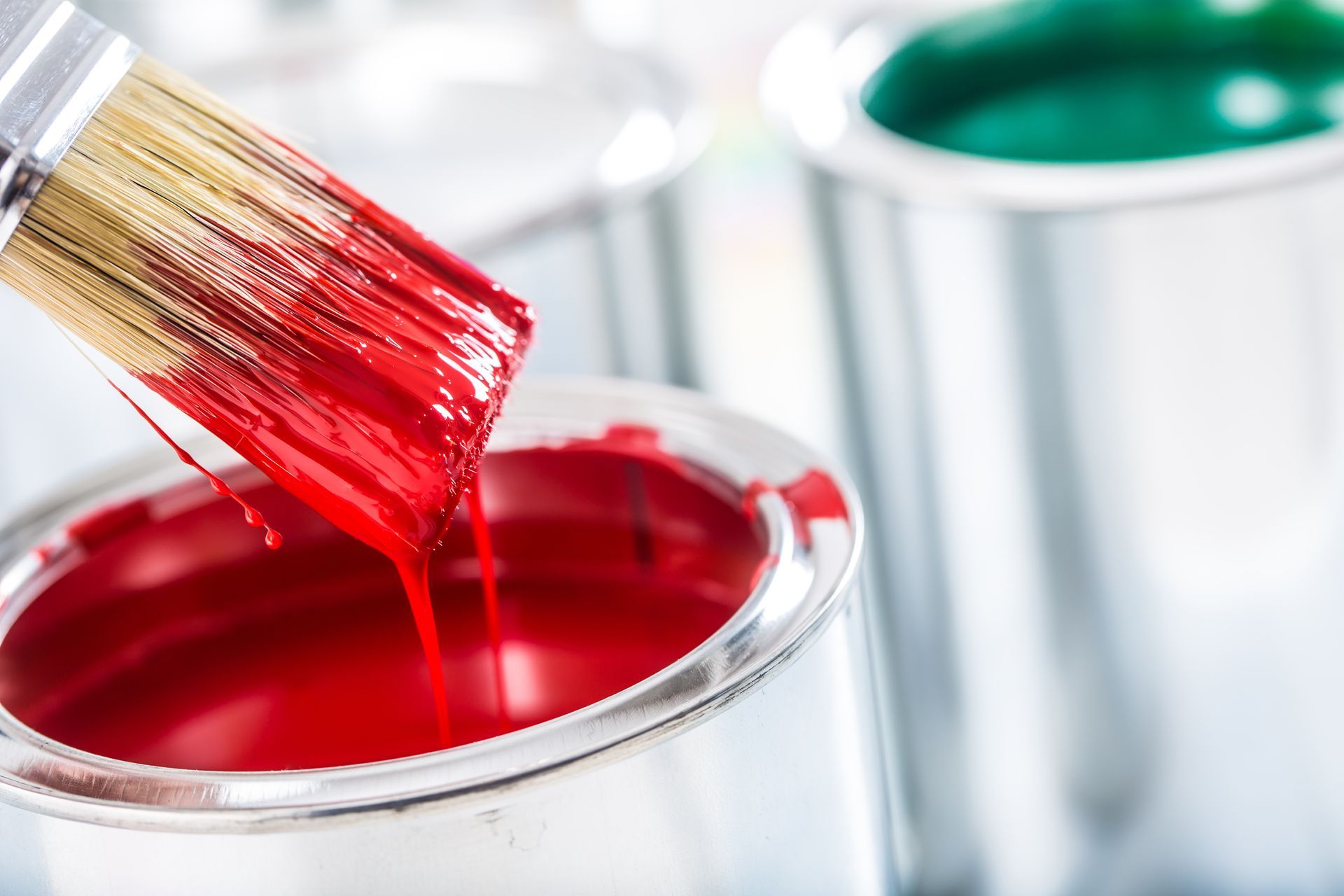
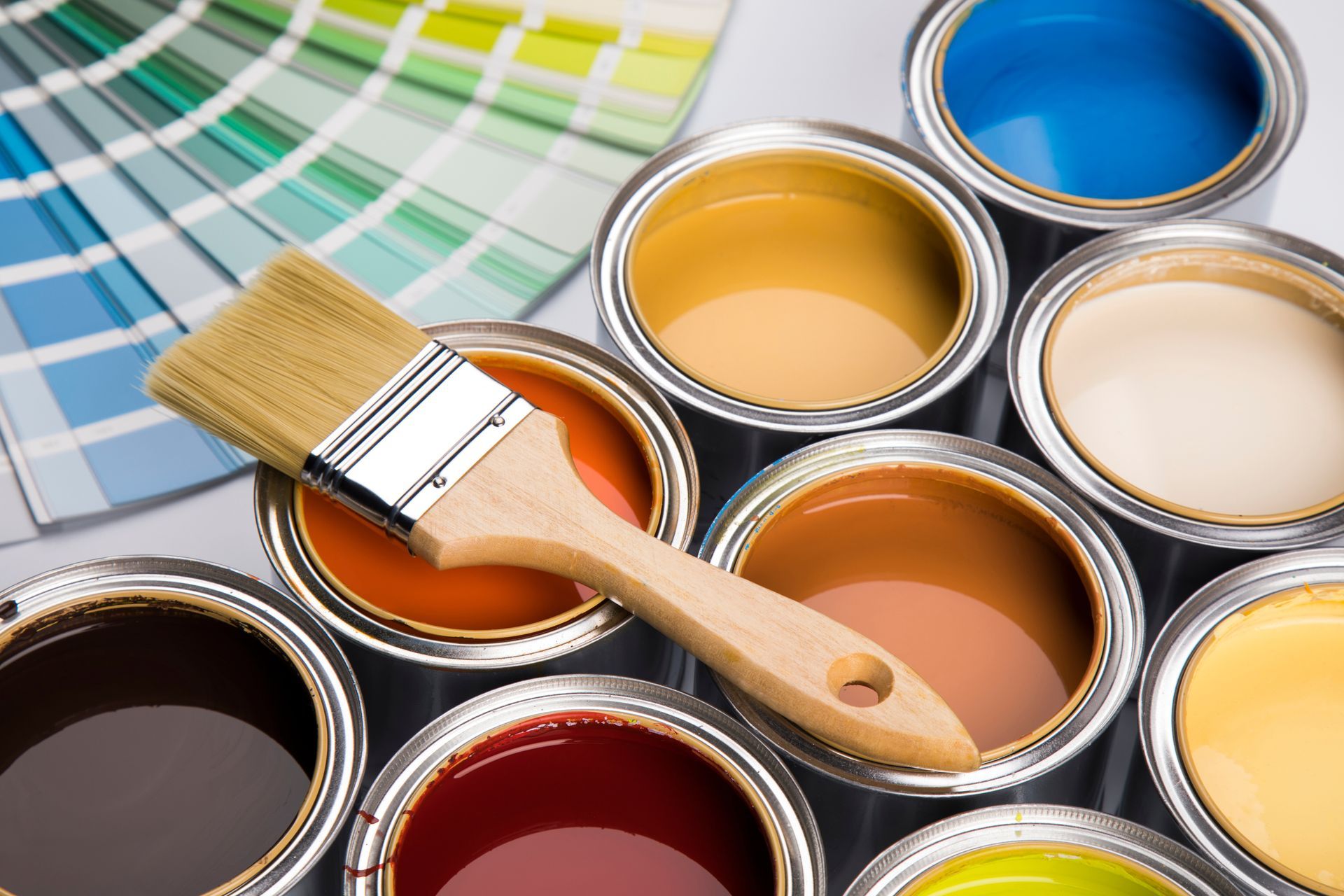
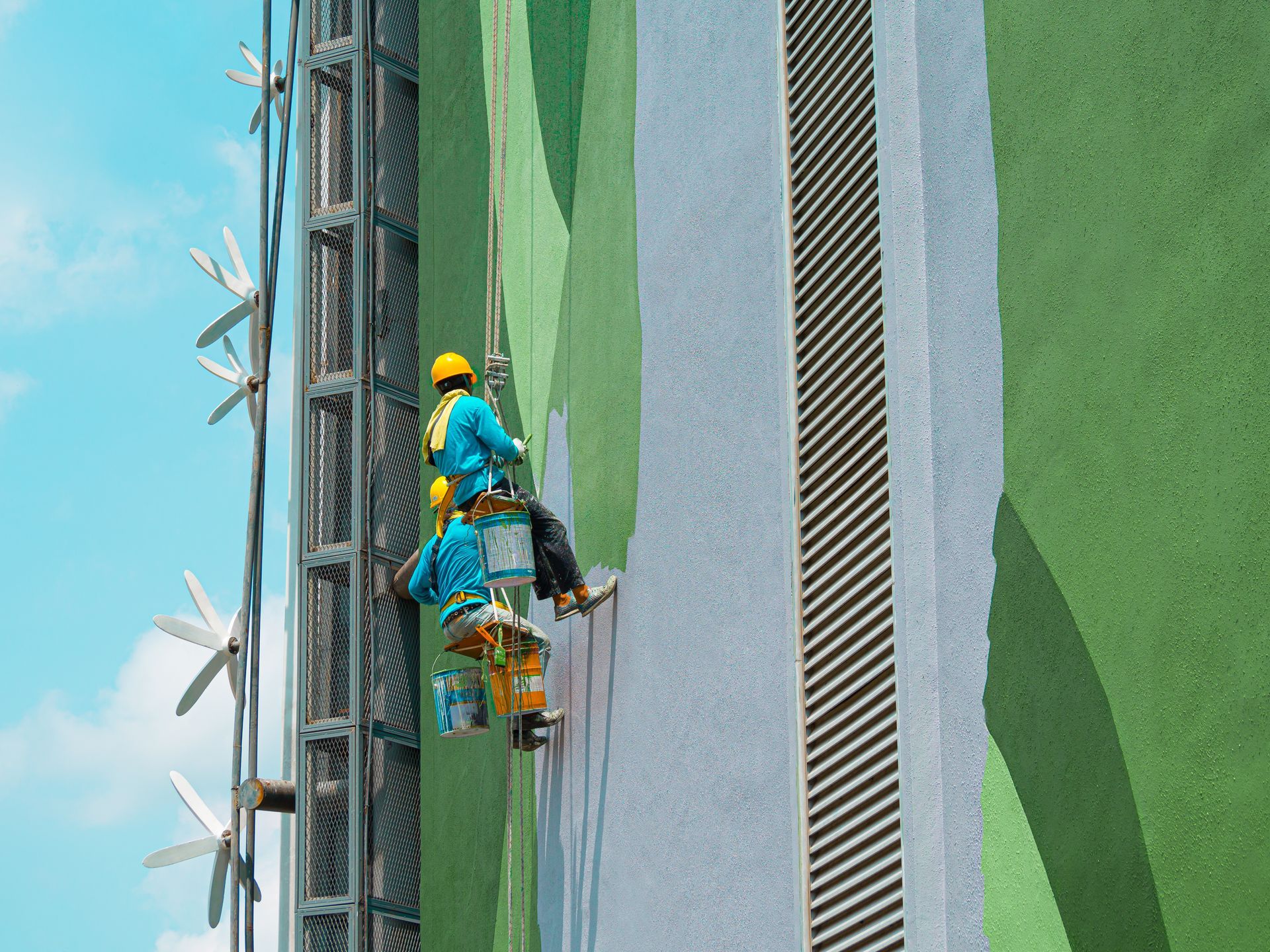
Get A Fast Quote Online
Have a painting project you need a quote for? Submit a fast and easy quote request online
Pioneer Painters is a Painting Contractor in Longmeadow, Massachusetts and the surrounding areas. Call today for more Painter Service Information.
Site Links
All Rights Reserved | Pioneer Painters

